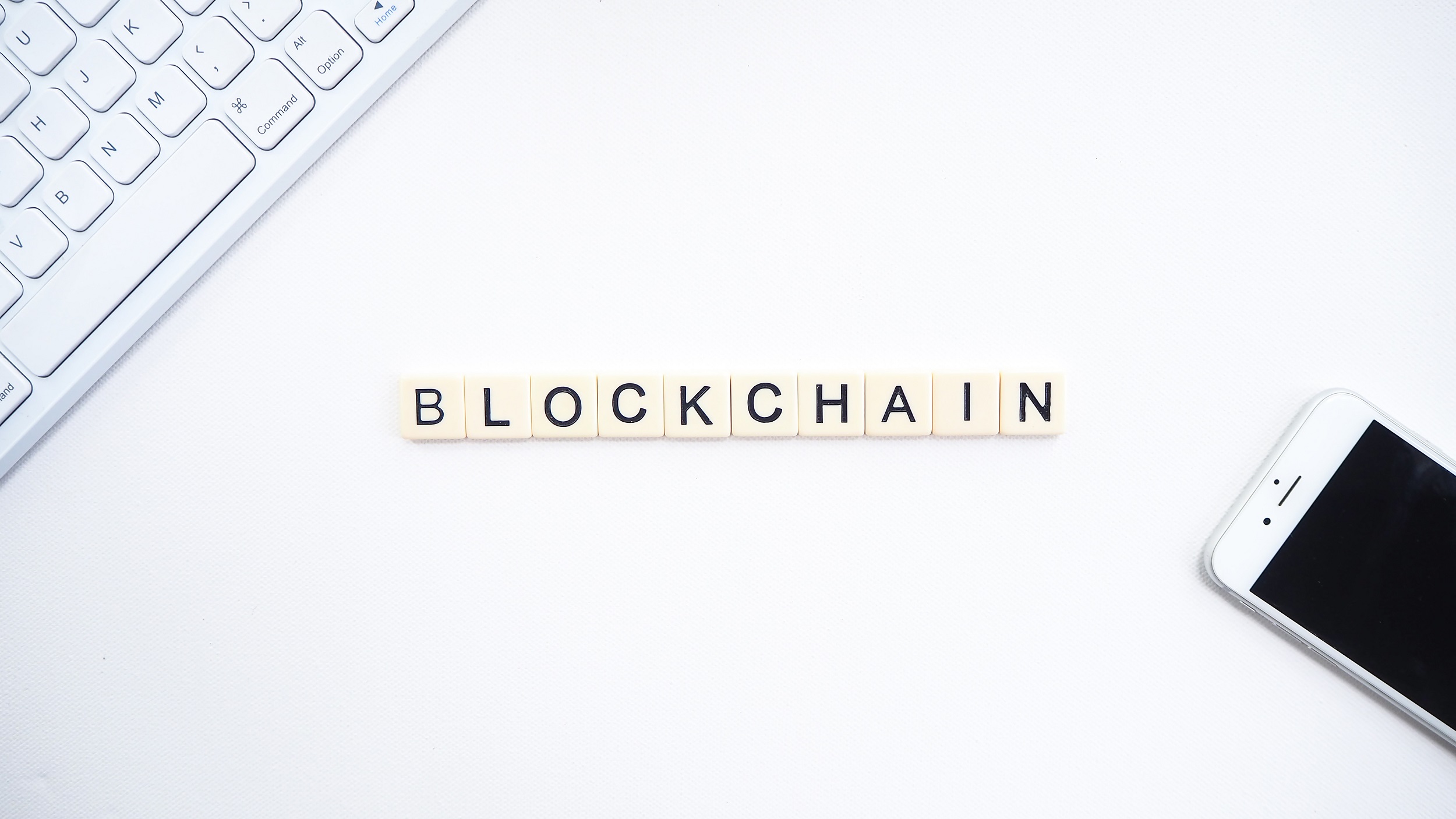BlockStart has asked its external mentor Aivars Lipenitis, Director of International Business Development at ENRIGA, to give our community a reflection on the use and applicability of blockchain
While with no technical education or technical background at its core, I (accidentally) managed to become a self-made blockchain expert of its business application side. Setting up R&D projects internationally to develop products implementing and expanding the technology, working with founding teams of technology startups at Blockchain Founders Fund, collaborating with BlockStart, and taking part and speaking at conferences dedicated to blockchain and its use cases has given me an opportunity to learn about the technology and where the business world obtaining it is heading.
Here you have some of the most popular directions to use blockchain.
- To store information.
- To power payments.
- To build electronic assets and fundraise.
- To secure identification and authorisation.
There are also some other applications of blockchain I have seen. Applausable, questionable, confusing, arguable, and sometimes totally unnecessary applications. Here you go.
Whatever works – add blockchain
Peer-to-peer lending with blockchain, data storage – with blockchain, even online store with blockchain powering some of its functions, a sensor device competing with tons of others already in market, but the first and only one storing the information on blockchain, a customer relation system (CRM) decentralizing information and storing it on blockchain, a taxi app with partially anonymous profiles of clients, where their ranking is stored and linked with a help of blockchain. And so much more.
The easy formula is – take a successful business model, copy it, add blockchain to whatever function, and pitch it to investors and apply for grants and acceleration programs, or – the old way – launch an ICO (initial coin offering) campaign. A fail. Luckily, such projects mostly end up with the audience, investors, or an evaluator thinking why exactly this needs blockchain at all.
Whatever you want to be set in stone and not rewritten or changed – write it on blockchain

Figure 1: blockchain cartoon. Source: the author
Birth certificates, school diplomas, visas, identification documents, medical history, travel documents, purchase documents of an item or house, or business agreements – you can find an online tool (available or being built right now) to store, share, access, and view almost any kind of documents. At BlockStart, one of the most extraordinary applications was to build Motochain – a place where all the history of a motorcycle would be kept safe, including its maintenance and repair, registration and change of owners. No possibility to change any of the recordings, just add new ones. Might seem why you need it, but if you think over it seems it makes sense.
While many examples of such unchangeable information management can feel silly and unnecessary, there is still plenty of directions where using blockchain would really be invaluable, making documents, records and legal actions more secure and trustworthy.
Whatever you need work faster – run on blockchain
Investment, financial transactions, data transfer, you name it. Does it really work faster? If you are familiar with blockchain and its derivatives – different –chains – you will learn that so many use cases of the technology actually are slow, expensive, or requires additional steps to be made, making the whole process more clumsy and complicated than relieving. With some great exceptions, of course.
Still, in various scenarios, building ecosystems on blockchain turn out to be the key element to a success. Especially, if you have found your niche within the audience. An example – a game transferring real life struggles, gains and fights to the virtual world, with a good timing when so many real life activities are limited. Selling out imaginary goods, raising funds – that is the reality of Splinterlands. The mentioned game allows to build your world, own things, and secure them by possessing special – non-fungible – tokens. I will not get much into detail, but look up online if you are interested in what a non-fungible token is. One is for sure – the imagination of authors behind such digital products is unlimited, and thanks to blockchain and its derivatives, it is more than ever the right time to build a decentralization empowered digital goods, attached or detached from the physical reality.
I remember another applicant at BlockStart, by a Hungarian team Defactory. Defactory proposed to build a platform where neighbourhood businesses struggling with short-term cash or small enterprises willing to expand their operations can issue fan tokens for an easy fundraising among their communities. Let’s say, you started a stylish IPA beer brand, and you were selling through neighbourhood burger places. Now you have decided to open your own bar where your fans can gather. For that, you need some 200k euro. You could get yourself into debts and try to get bank loan, but you can also use Defactory to issue future beer party tokens at a lower price and raise funds to open the community gathering and beer selling place. Of course you can use Kickstarter-alike platforms, but here you have a blockchain powered tokenized alternative, which makes it fast, easy, and pretty straightforward to your fans.

Figure 2: Community power. Republished from HBR. Source: the author
One is for sure, you have to believe in and know blockchain, as the approach – add blockchain to what works – is an easy way to a failure. You must love blockchain to have it help you succeed.
Author: Aivars Lipenitis
https://www.linkedin.com/in/aivarslipenitis/
https://www.f6s.com/aivarslipenitis
